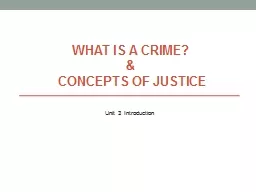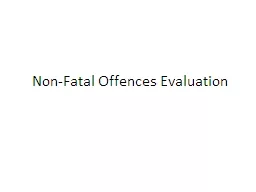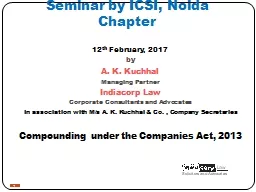PPT-1 Offences Against the Person
Author : dunchpoi | Published Date : 2020-06-23
Date Sunday 25 January 2015 Specification links Concepts of actus reus and mens rea in the context of nonfatal offences Common assault assault and battery
Presentation Embed Code
Download Presentation
Download Presentation The PPT/PDF document "1 Offences Against the Person" is the property of its rightful owner. Permission is granted to download and print the materials on this website for personal, non-commercial use only, and to display it on your personal computer provided you do not modify the materials and that you retain all copyright notices contained in the materials. By downloading content from our website, you accept the terms of this agreement.
1 Offences Against the Person: Transcript
Download Rules Of Document
"1 Offences Against the Person"The content belongs to its owner. You may download and print it for personal use, without modification, and keep all copyright notices. By downloading, you agree to these terms.
Related Documents














